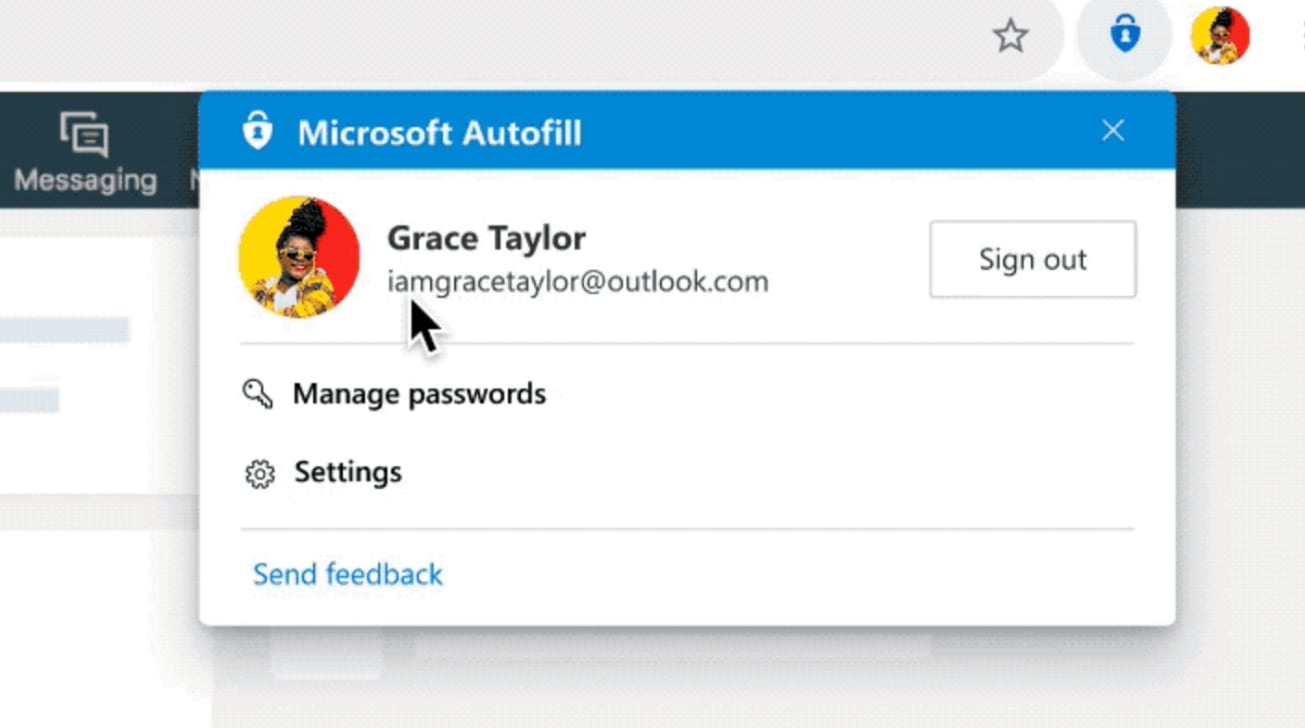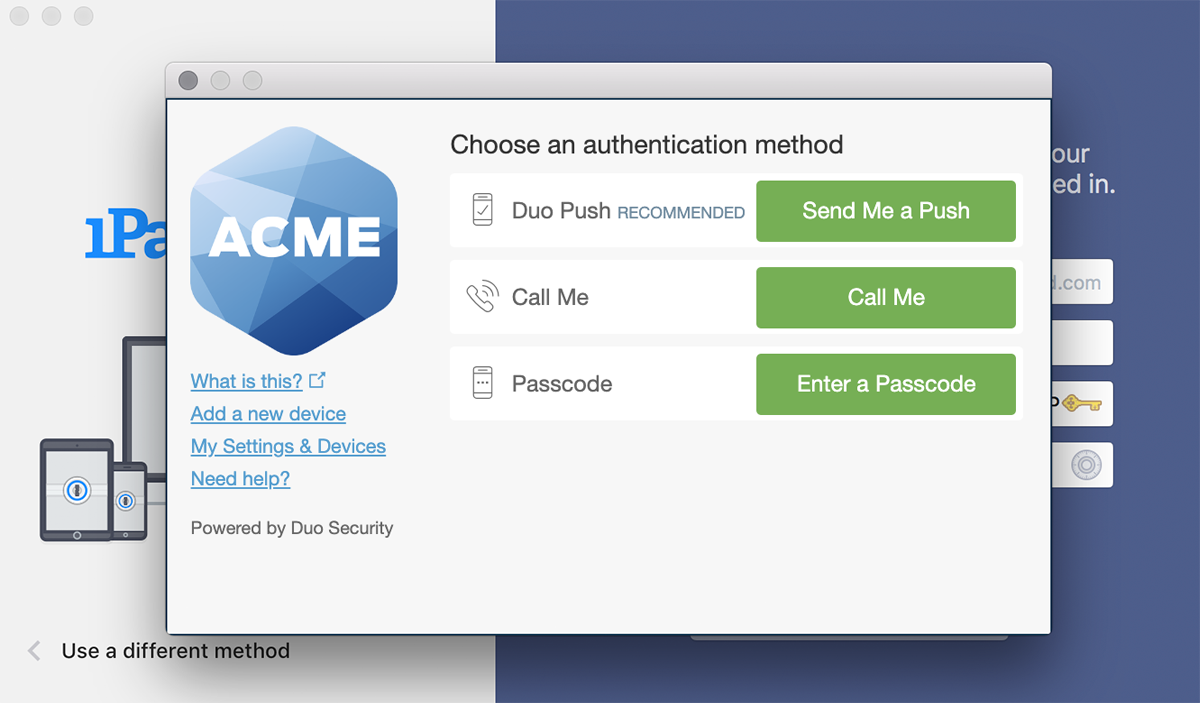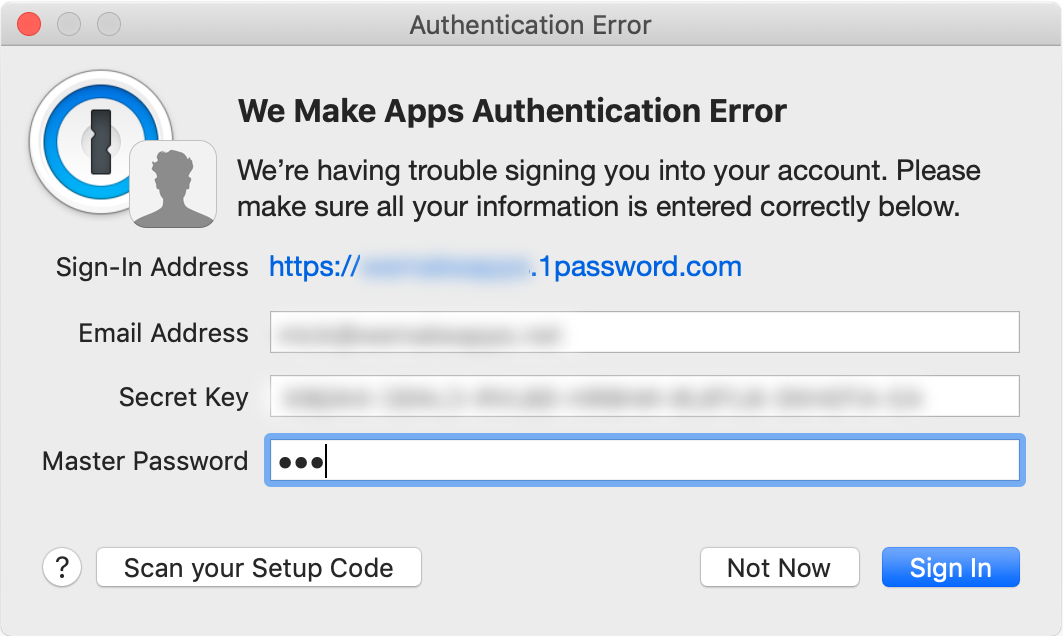- 1password Sign In Without Authenticator App
- 1password Microsoft Authenticator Free
- 1password 2fa Authentication
Passwords can be forgotten, stolen, or compromised. With Authenticator, your phone provides an extra layer of security on top of your PIN or fingerprint. Get to your apps faster Use Authenticator to sign-in to Outlook, OneDrive, Office, and more.
- While the default options like iCloud Keychain on Apple's products and Chrome password manager seem fine, but they are never enough. Many third-party options such as LastPass, 1Password, Microsoft.
- Install the Microsoft Authenticator app on mobile (The latest version of the Microsoft Authentication App installed on IOS 8.0 or greater/Android 6.0 or greater) Microsoft Authenticator app: Using the Microsoft Authenticator app, users can log into any Azure AD account without using a password.
- Open and unlock 1Password, select the Login item for the website, then click Edit.
- Click the item detail menu to the right of a new field and choose One-Time Password.
- Click to open the QR code scanner window.
- Drag the QR code from the website to the scanner window.
If you can’t drag the QR code, most sites will give you a string of characters you can copy and paste instead.
- Click Save.
- Open and unlock 1Password, select the Login item for the website, then tap Edit.
- Tap “Add new one-time password”.
- Tap to scan the QR code from another device.
If you can’t scan the QR code, most sites will give you a string of characters you can copy and paste instead.
- Tap Done.
Tip
To automatically copy one-time passwords to the clipboard after filling a login, tap Settings > Password AutoFill and turn on Auto-Copy One-Time Passwords.
- Open and unlock 1Password, select the Login item for the website, then select Edit.
- Select to the right of the field (Shift + Enter) and choose One-Time Password.
- Click and choose “From my screen” to scan the QR code.
If you can’t scan the QR code, make sure it’s visible when you minimize 1Password. Alternatively, most sites will give you a string of characters you can copy and paste instead.
- Select Save.
- Open and unlock 1Password, select the Login item for the website, then tap .
- Tap “Add new section”, then tap “Add new field” and choose One-Time Password from the list.
- Tap to scan the QR code from another device.
If you can’t scan the QR code, most sites will give you a string of characters you can copy and paste instead.
- Tap Save.
Tip
To automatically copy one-time passwords to the clipboard after filling a login, tap Settings > Filling and turn on “Auto-copy one-time passwords”.

When it comes to keeping your various logins across the internet secure, few tools are as useful as a password manager. When combined with two-factor authentication, a password manager can really help you lock down your accounts. Perhaps it comes as little surprise, then, to see Microsoft announce that it’s bringing a password manager to its Authenticator app.

Not only that, but the Microsoft Authenticator app on iOS and Android will also be getting autofill capabilities that can work across devices. As explained on Microsoft’s community website, this functionality is only available as a public preview to those using Microsoft accounts for the time being and isn’t live for Azure AD work and school accounts yet.
1password Sign In Without Authenticator App
From the way Microsoft explains it, it seems that this functionality is fairly straightforward. Designating Microsoft Authenticator as an autofill provider on your mobile device will prompt the app to offer to save your passwords when you enter them on a site or in an app. Using your Microsoft account, passwords are synced between devices, meaning that they’re available in Microsoft Edge on desktop. You can even access them in Chrome using the new Microsoft Autofill extension.

1password Microsoft Authenticator Free
To start using this functionality, you’ll first need to open the Authenticator app, then go into “Settings,” and under the “Beta” heading turn the “Autofill” toggle on. The Passwords tab will then appear at the bottom of the app – select it and either sign in with the Microsoft account you want to sync passwords from or sync the passwords from a Microsoft account you’ve already signed into with the Authenticator app.
From there, all you need to do is make Authenticator your default autofill provider on your phone. On iOS, that can be done by opening “Settings,” searching for and selecting “Autofill Passwords,” and then selecting Microsoft Authenticator. On Android, the process is much the same, as you’ll open “Settings,” search for “Autofill,” select “Auto-fill service,” then tap “Auto-fill service” on the next screen before finally selecting Microsoft Authenticator.
In order to use Autofill within the Microsoft Authenticator app, you need to be running iOS 12 or above or Android 6 or above on your phone. It sounds like Microsoft is looking to collect feedback from Microsoft account users before rolling out this functionality to its enterprise Azure users, so we’ll let you know when the feature expands to more people in the future.
1password 2fa Authentication
Story Timeline
